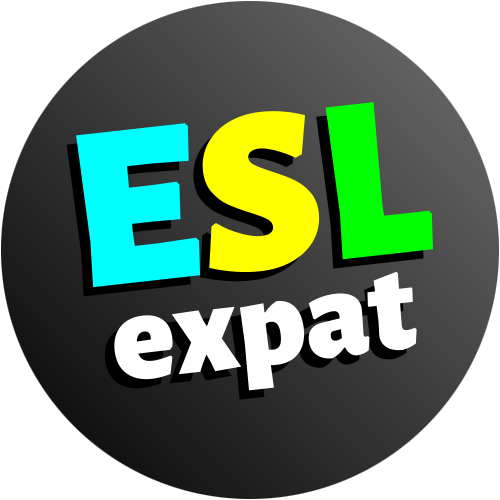|
Download ESL Books + Free PDFs
ESL Vocabulary Flashcards Download free flashcards & PDFs! |
If you want to add some discussion to a reading lesson, using the jigsaw reading activity method is a great way to get students interacting in class as well as improving their reading skills.
Student Level: Intermediate, Advanced
Age Group: Adults

Jigsaw ESL Activity Preparation:
Use an article from the textbook or an article that you found online that your students would be interested in. Newspaper or magazine websites are good sources to get articles from. Preferably, articles with different sections and multiple headings in them work best for this type of activity.
Make photocopies of the article or copy/paste the article into a Word doc if you found it online. Divide the article into different sections for individual students to read.
If you have made photocopies, then you can divide the sections by cutting out the different sections. Use those cut sections to photocopy again for the appropriate number of students.
Alternatively, if you have found the article online, simply copy/paste the sections onto different pages of your Word document.
Jigsaw ESL Activity Guidelines:
At the start of class, have the students discuss the topic that is related to the topic of the article that you have found. Lead feedback and get their views on the topic.
Second, divide the class into groups. Give each member of the group a different section of the article to read. Tell them that after they have finished reading, they should be able to summarize the section that they read to the other group members.
Optionally, you may want them to pick out a number of words from their reading sections, define the words, and have them explain the vocabulary they found to their groups.
Assign a time limit to read the section. Then, have the students begin the jigsaw reading activity.
After reading, the groups will get together and the first student with the first section of the article will summarize their section to their group. You may want to model the introduction section of the article. Therefore, the students understand exactly what to do in their groups.
After the first reader finishes explaining their section of the article, the other members of the group can ask questions. They can also ask the student to clarify anything.
When the first student finishes their summary of their section of the article and the Q and A period is over, the next student summarizes the next section of the article that he or she was responsible for reading.
The other students ask questions again after the second summary. The groups should continue this process until the last student has completed explaining the final section of the article.
After all of the groups are finished discussing all of the sections of the article, the teacher can get feedback from each group as a whole class.
Follow-Up ESL Activities:
To finish up, you could ask some post-discussion questions. Help students with any other difficulties or questions about the article. You could also try the Chopstick Topics ESL Speaking Activity to get them discussing the issues further in their assigned groups.
The Word Chain ESL Game is also fun for reviewing difficult vocabulary from the lesson, especially if you are teaching younger learners.
More ESL Reading Activities for Kids and Adults:
- How To
- Who Wants to Be a Millionaire
- Big Numbers
- News Article
- Sentence Building
- Q and A
- Timed Reading
- TV Guide
View the reading activities archive.

